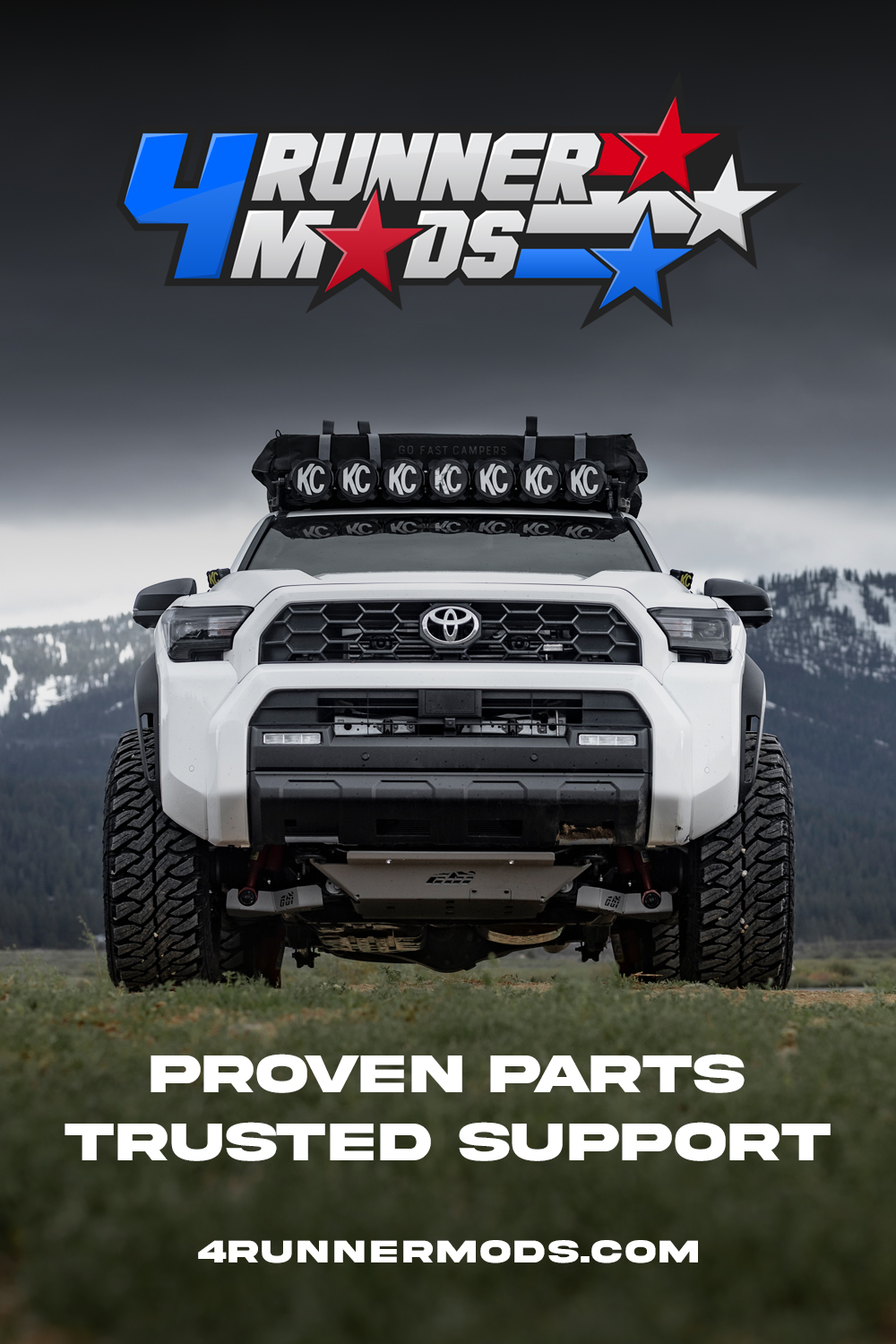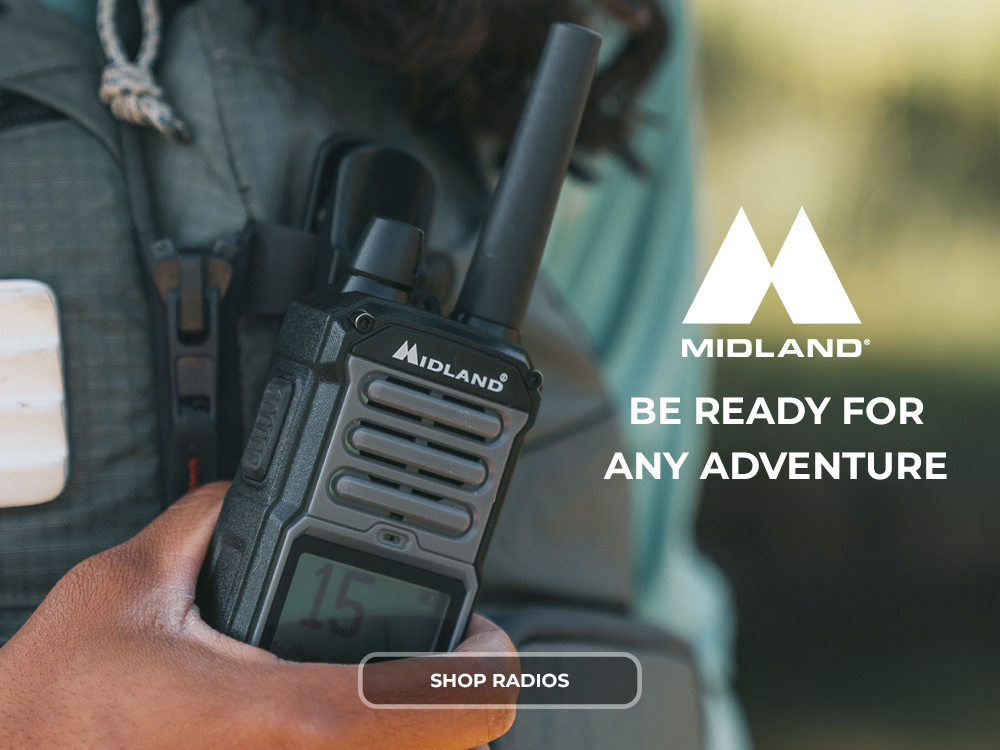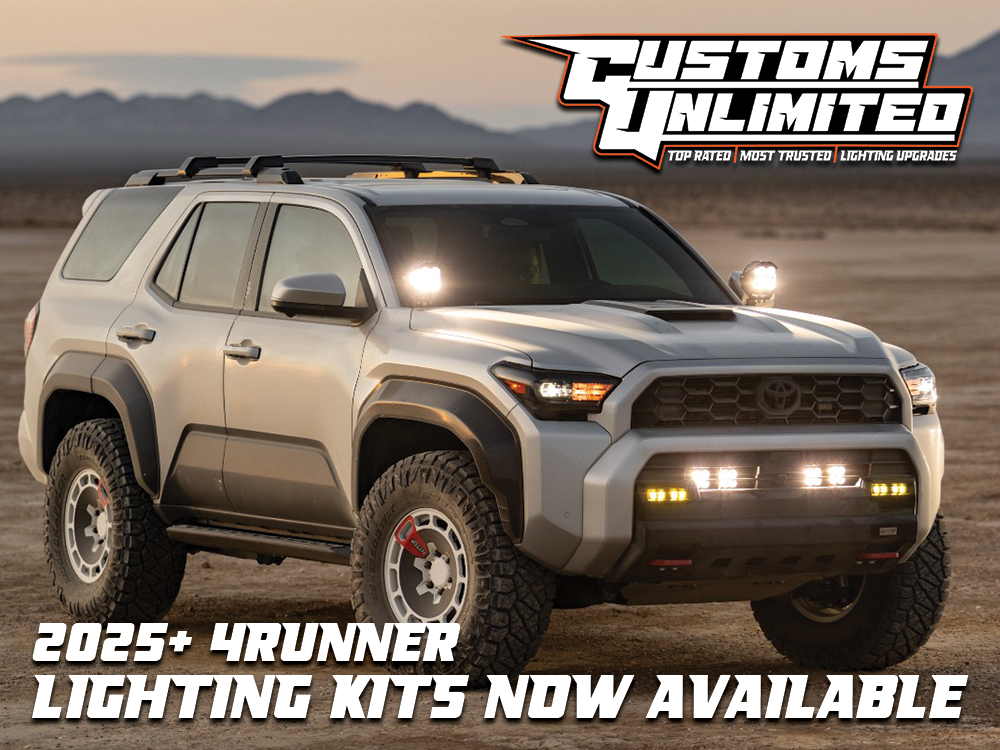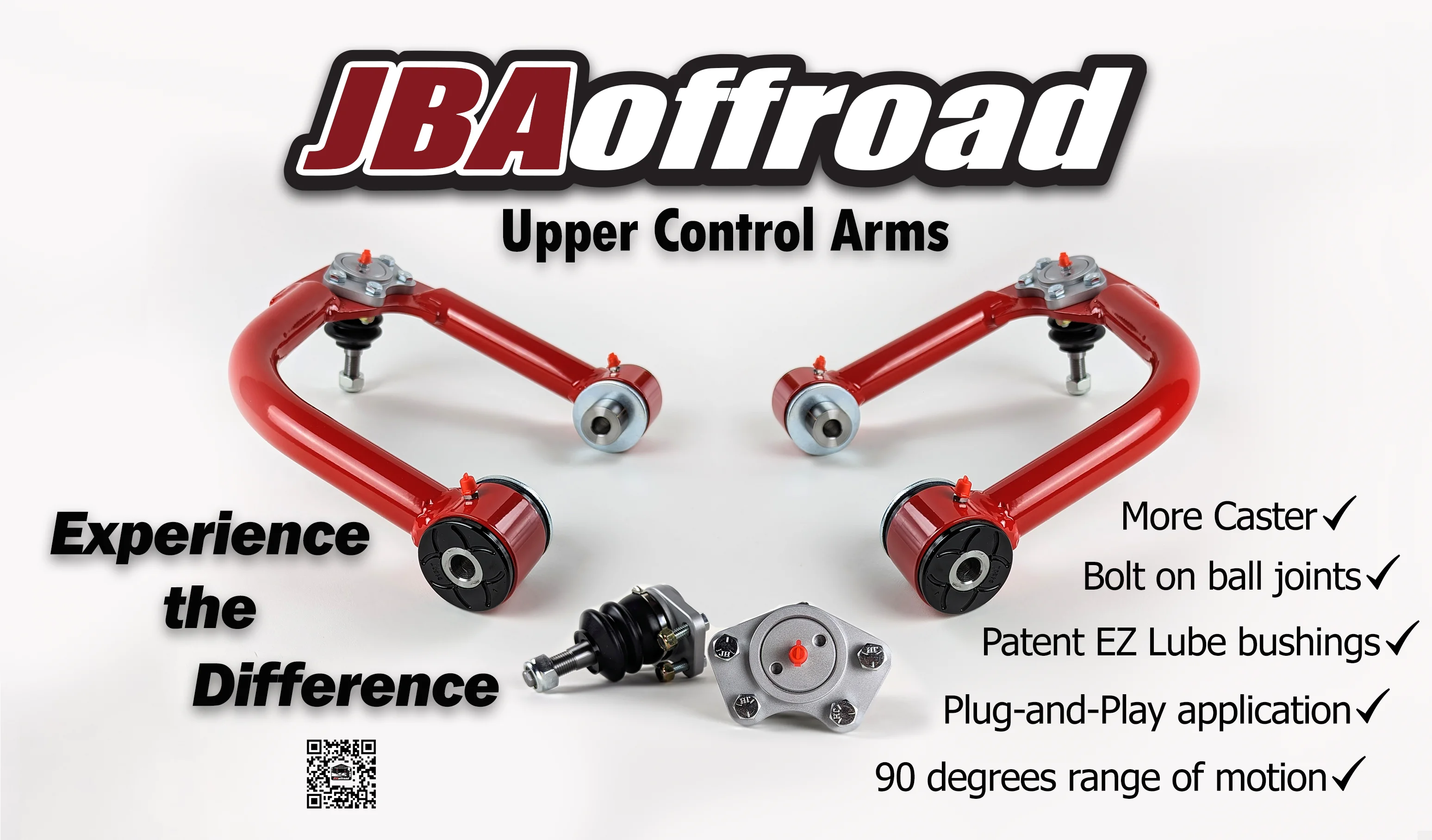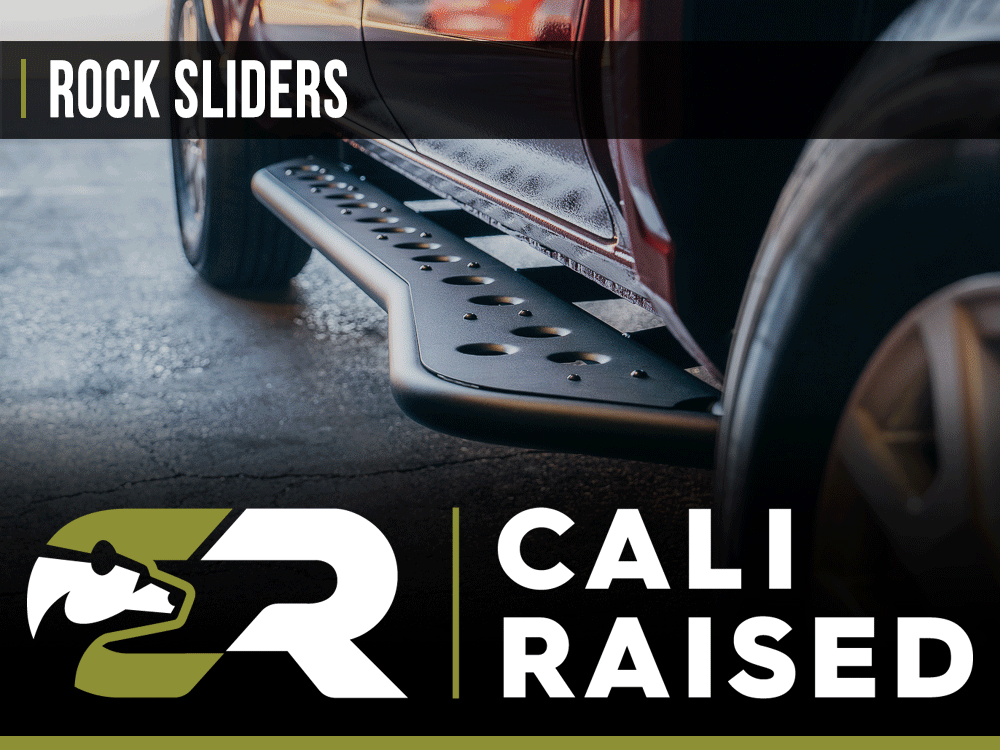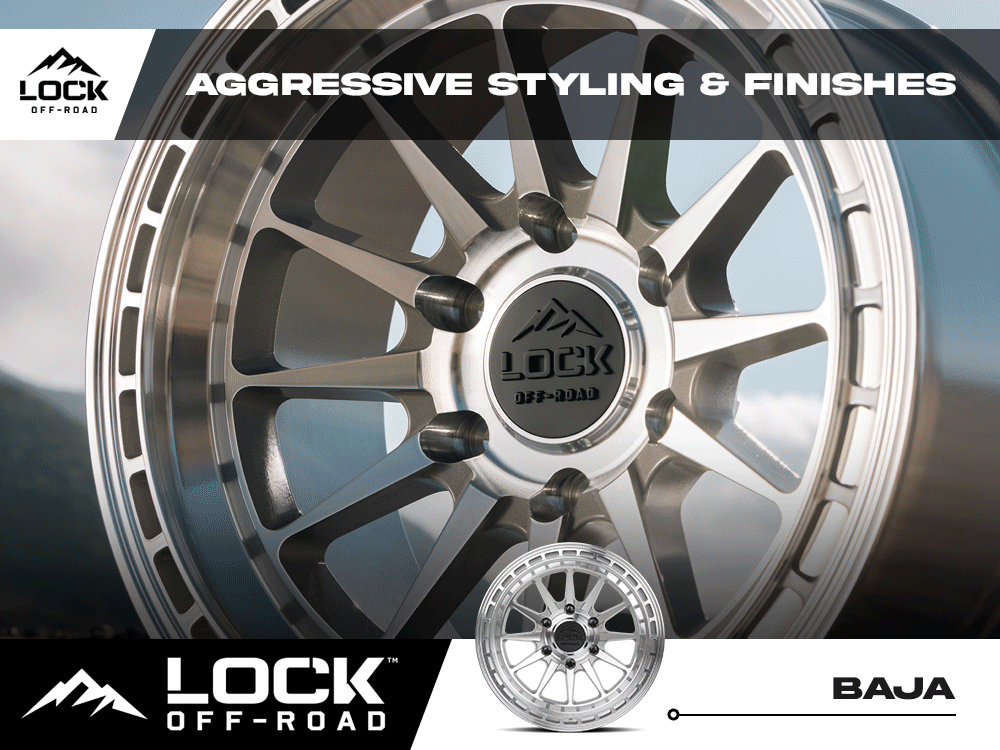@4RunnerNation I purchased some marine grade carpet, but after seeing that the plate system needed a couple of spacers underneath to level it out, I'm debating on just rhino lining it. Wrapping the plate + the spacers and making everything look seamless might be a challenge. Who knows, still debating.
@kophoto4x4 - If this one doesn't work out for whatever reason, I might take the final measurements and send them off.
I got the final plate cut. It was exactly 42" X 43" with about 1/4" on each side of the plate at the wheel well plastics.
For mounting locations, I used the three existing holes in the center of the sheet metal and then drilled an additional two holes. The existing holes were a little bit too small for the M10 nutserts so I had to open them up with a step bit.
Two new holes were drilled towards the front. I used a paper towel beneath each hole as I was drilling to catch any metal shavings.
Here's a random pro tip for you. Use a set of clamps to clamp down on your nutsert gun handles slowly. You will have more control of how the nutsert flange sits on the surface of the sheet metal, which results in a perfectly seated nutsert every single time: no more awkward nutsert angles or bent sheet metal resulting in a cross-thread or misaligned bolt. I had to use this method one time for something random a while back, and I use it every single time now, given that I have the open space to do so.
Final five (5) nutsert locations on the sheet metal.
Now it's time to drill some holes into our plate. I threaded the bolts down all the way until the tip of the bolt was touching the sheet metal cover around the battery. Then I set the plate on top of the bolt heads and adjusted each bolt so that every head was making contact with the plate.
I started by setting the plate down first with a 3/4" strip of scrap birch behind the plate as a spacer to give the plate some breathing room from the rear seats, and tested the rear seat positioning. Then I propped the plate up with a paper towel roll to give me access to each bolt head for the paint. Once the plate was perfectly aligned on both sides and firmly against the scrap birch, I put a drop of washable paint on top of each bolt head (enough to fully cover the whole head) and carefully set the birch down on the bolt heads.
I let the plate rest there for about 10 minutes so that the bolt head would make it's indent in the paint - ultimately providing the final bolt locations.
Once the paint was dry, I used a 1" hole bit and a 3/8" drill bit to open the holes up. Once the holes were open, I cleaned everything up with a hammer/chisel. If you don't have a small enough chisel, a flathead screwdriver will get the job done. Go slow, take your time, and make sure the distance you're drilling into the plate doesn't exceed the height of the flange head on the bolt. You want the depth to be just enough to clear the flange but not so deep that you're removing needed material. You can always take more material out, but you can't put it back. Go slow, be patient.
These holes will get a 1" washer and the M10 flange head bolt to ensure the most possible surface area contact on the wood. In my experience, you don't want to use a regular hex head bolt and a washer. They will bow the washer and create too much pressure on the wood, causing the wood to crack and split, which results in a weaker plate system.



